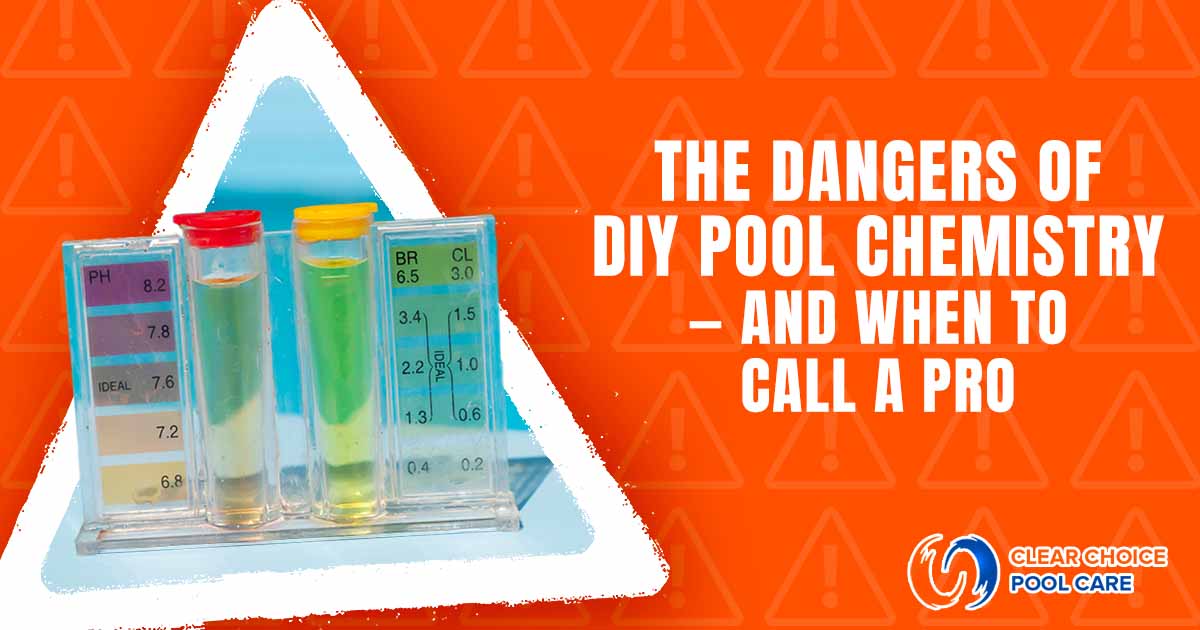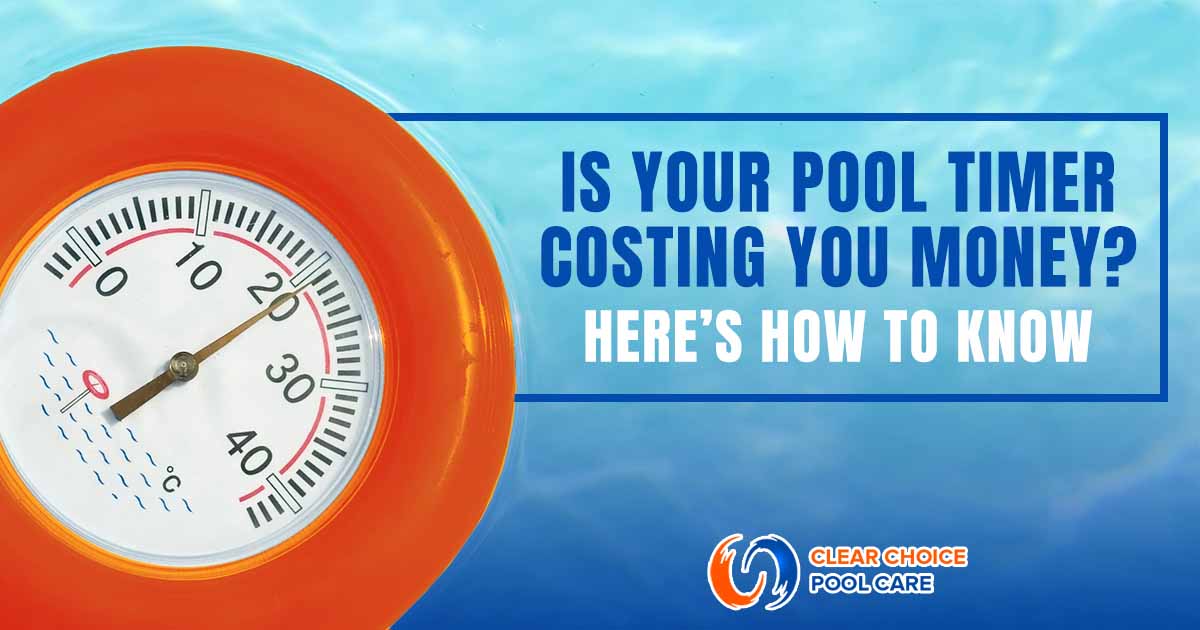Swimming pools have many different moving parts, and one of those parts is called a pool pump capacitor. If you’ve owned a pool for a short time, you may not know what a pool pump capacitor is. However, pool pump capacitors play a vital role in the pumping system of your pool. You may be wondering why your pool’s pump suddenly stopped working one day, and it may be because of a faulty pool pump capacitor.
What Does a Pool Pump Capacitor Do?
A pool pump capacitor is similar to the battery in a car. The same reason your car needs a battery inside the engine bay to start is the same reason a pool needs a capacitor to start. It allows the pool pump to get up to speed before it switches over to using a different power source to run. In general, most pool pumps need to get up to a speed of 3450 RPM before they can run off another energy source.
Pool pump capacitors are cylindrical and about 3 to 4 inches long, but some models may be slightly smaller. Some pool pump systems require two capacitors. One capacitor starts the pump and one helps it keep running. Either way, a pool pump capacitor is an essential component of a pool’s pumping system, and without it, a pumping system will not work properly.
How to Tell If Your Capacitor is Faulty
If your pool pump stops running, don’t go out to replace the whole thing because it may just be a faulty pool pump capacitor. Checking you pump’s capacitor can save you a lot of money, however, it is dangerous without the right information. A pool pump that won’t run may be a symptom of many different problems, but there are a couple of ways to know if the pool pump capacitor is at fault.
The first method to know if a capacitor is dead is to use your ears. When the pool pump turns on, listen for a quiet buzz or hum. This sound indicates that the pool pump capacitor has become dead. Another method to know whether or not a capacitor has gone bad is to think about how long it has been since it’s been replaced. Standard pool pump capacitors are only good for around 5000 starts before they go bad. That may seem like a lot of starts, but the get used up quite quickly. If you’ve had your pool for a while, it could be possible the capacitor is bad. The third method to see if a capacitor is bad is to use your nose.
When your pool pump tries to turn on, the capacitor may be bad if you can smell a burnt electrical smell. An expired pool pump capacitor may also have a bulged outer shell. Whatever method you use, it’s important to proceed with caution and not to try and start you pump too much as it can cause damage.
How Do I Find the Capacitor for My Pool Pump?
A pool pump capacitor is easy to find if you know what to look for. Although models of pool pumps vary, it’s easy to find the pool pump capacitor because of their housing. You can find the pool pump capacitor underneath a hump on either the top or side of your pool pump. It will be underneath a plastic housing that can be either popped or screwed off. The capacitor will be attached to the inside of a cylinder.
It’s important to avoid removing this cylinder when your pool pump is still getting power though. To turn off your pool pump, it’s recommended that you turn the power off at the power breaker. Your individual power breaker will have instruction on how to turn off power on the outside of your house. Once you locate your pool’s pump capacitor, you can begin testing it.
Check Your Capacitor for Life
Once you’ve located the pool pump capacitor and turned off the power to your pump, you can test the capacitor for life. It’s important to note that this process is very dangerous. A pool pump capacitor can deliver a powerful shock, even after it has been removed from the pump. Proceeding forward be as careful as possible. First, remove a cylinder from inside the pool pump’s housing. The capacitor will be inside the removed cylinder on one end. Some of these cylinders will have a clear cover where you can see the capacitor.
Next, remove the cover on the end of the cylinder, exposing the capacitor. Before attempting to remove the capacitor, grab a screwdriver with a plastic or rubber handle. Touch the screwdriver to the ends of the capacitor making sure to touch each prong simultaneously. There will be an electrical spark when you do this so make sure you are only touching the capacitor with the screwdriver. After you release the capacitor’s charge, it’s safe to remove the capacitor from the larger cylinder. Use a multimeter on each of the prongs to test the capacitor. Use the lowest ohm setting, and if the meter stays at 0, it’s gone bad.
Clear Choice Pool Care Can Help You Replace Your Pool Pump Capacitor
Changing a pool pump capacitor can be difficult and dangerous. If you’re not comfortable handling electric equipment that can give you a serious shock, Clear Choice Pool Care can help! We have years of experience in pool care and maintenance, and we would love to help you change your pool pump capacitor.
Improperly changing a capacitor can lead to damage to your pool’s pump so we urge you to be cautious. Alongside being able to change your pool pump capacitor, we also offer other pool maintenance services! We offer a weekly pool service, which means you’ll never have to worry about a bad capacitor. We also offer pool repair services if you need them. Besides these services, we can also aid you in remodeling your pool or resurfacing!





